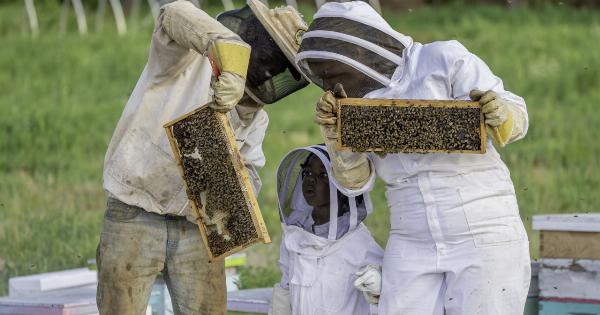As children grow and develop, it’s crucial to establish boundaries to guide their behavior and keep them safe. Parents and caregivers have a responsibility to ensure that boundaries are set in an age-appropriate manner and enforced consistently.
When done correctly, establishing boundaries can help children understand expectations, develop self-discipline, and build healthy relationships with others.
Infants and Toddlers
Infants and toddlers require constant attention and supervision, and boundaries should be set accordingly. While it may be tempting to let young children explore without limitations, it’s important to establish boundaries for their safety.
For example, parents should create a safe play area that’s free from hazards such as sharp corners, electrical outlets, and small objects that could be choking hazards. In addition, parents can establish clear routines for eating, sleeping, and playtime. This can help infants and toddlers feel secure and develop a sense of predictability in their lives.
Preschoolers
Preschoolers are beginning to develop social skills and are becoming more aware of their surroundings. At this age, parents and caregivers should focus on teaching children simple rules and consequences.
For example, parents can establish rules about sharing toys, taking turns, and using polite language when speaking to others. Consequences for breaking rules can include timeouts or losing the privilege of using a toy. It’s important for parents to consistently enforce rules and consequences to help preschoolers develop self-control and accountability.
Elementary School Children
Elementary school children are becoming more independent and have more opportunities to interact with their peers.
At this age, it’s important to establish clear rules and consequences for behavior in different settings, such as at home, at school, and in public. Parents can also begin teaching children about internet safety, stranger danger, and how to respond to bullying.
It’s important to keep an open dialogue with children about their experiences and concerns, and to provide ongoing guidance and support as they navigate new challenges.
Preteens
Preteens are entering a period of rapid physical and emotional changes and are developing a greater sense of independence.
At this age, parents should be clear about expectations for behavior, such as respecting curfews, doing homework, and helping with household chores. Parents can also begin to introduce concepts such as responsible decision-making, self-care, and time management.
As preteens become more connected to their peers, parents can also begin to set more liberal boundaries and trust them with more responsibilities.
Teens
Teens are on the cusp of adulthood and are developing complex identities and relationships.
At this age, parents should be clear about expectations for behavior, such as respecting household rules, avoiding risky behaviors such as drugs and alcohol, and practicing safe sex. It’s important to maintain open lines of communication and encourage teens to talk about their thoughts and feelings.
Setting boundaries for social media use and technology can also be important, as well as setting guidelines for driving and being out late at night. Ultimately, parents should strive to balance the need for independence with the need for safety and support.
Conclusion
Establishing boundaries for children is an ongoing process that requires patience, consistency, and flexibility.
By setting age-appropriate limits and consequences and enforcing them consistently, parents can help children develop self-discipline, respect for others, and a sense of responsibility. While establishing boundaries can be challenging at times, the benefits are well worth the effort.





























